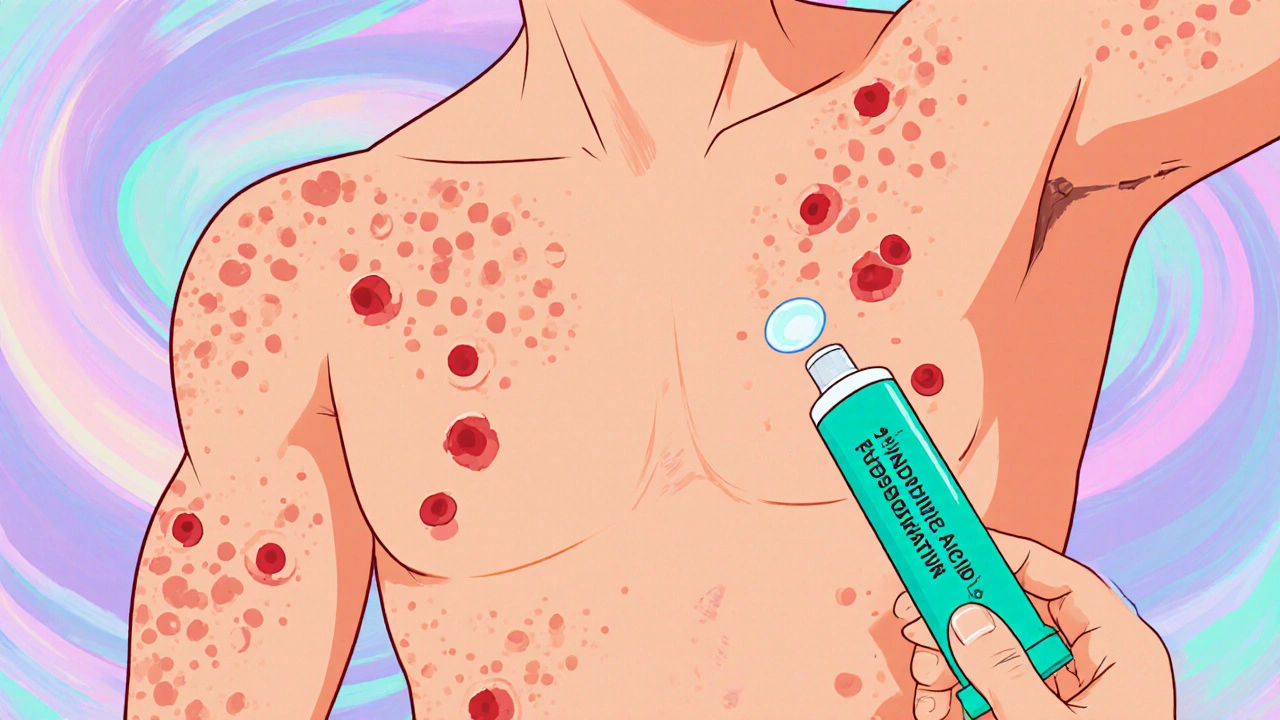Topical Antibiotic: What It Is, How It Works, and When to Use It
When you get a cut, scrape, or minor skin infection, a topical antibiotic, a medication applied directly to the skin to kill or slow bacteria. Also known as antibacterial ointment, it stops small infections from getting worse without needing to swallow a pill. Unlike oral antibiotics that travel through your whole body, topical versions work right where you put them—on the skin. That means fewer side effects, less risk of disrupting your gut, and faster relief for surface problems.
These creams, gels, and ointments are used for things like infected razor burns, small cuts from cooking, minor burns, or boils that haven’t gone deep. Common ones include neomycin, a broad-spectrum antibiotic often found in first-aid creams, bacitracin, a gentle option for sensitive skin, and mupirocin, a stronger choice doctors prescribe for stubborn staph infections. You’ll find them in drugstores next to bandages and antiseptic wipes. But they’re not magic. They won’t fix deep infections, fungal rashes, or viral sores like cold sores. Using them when they’re not needed can make bacteria resistant—and that’s a problem for everyone.
People often reach for these ointments too early or too often. A clean scrape doesn’t always need one. Your skin’s natural defenses can handle a lot. But if the area turns red, swells, oozes, or hurts more after a day or two, that’s when a topical antibiotic might help. And if it doesn’t improve in 3–5 days, you might need something stronger—maybe even an oral antibiotic. Doctors see this all the time: patients using leftover ointments for new problems, or applying them to eczema or acne that doesn’t respond to antibiotics at all. That’s why knowing what you’re treating matters more than just grabbing the nearest tube.
What you’ll find in the posts below are real comparisons and practical guides on exactly how these products stack up. You’ll see how topical antibiotic options like mupirocin compare to over-the-counter blends, when benzoyl peroxide works better than antibiotics for acne, and why some creams are overhyped while others are quietly effective. There’s also advice on avoiding scams when buying them online, how to spot fake products, and when skipping the antibiotic altogether is the smarter move. These aren’t theory pieces—they’re based on what people actually use, what works, and what doesn’t. Whether you’re treating a kid’s scraped knee, managing recurring skin infections, or just trying to avoid unnecessary meds, this collection gives you the straight facts.
